How To Reduce Your SAP Investment
Executive Summary
- Sometimes we receive the question of how to reduce the investment into SAP.
- This article explains how to do this.
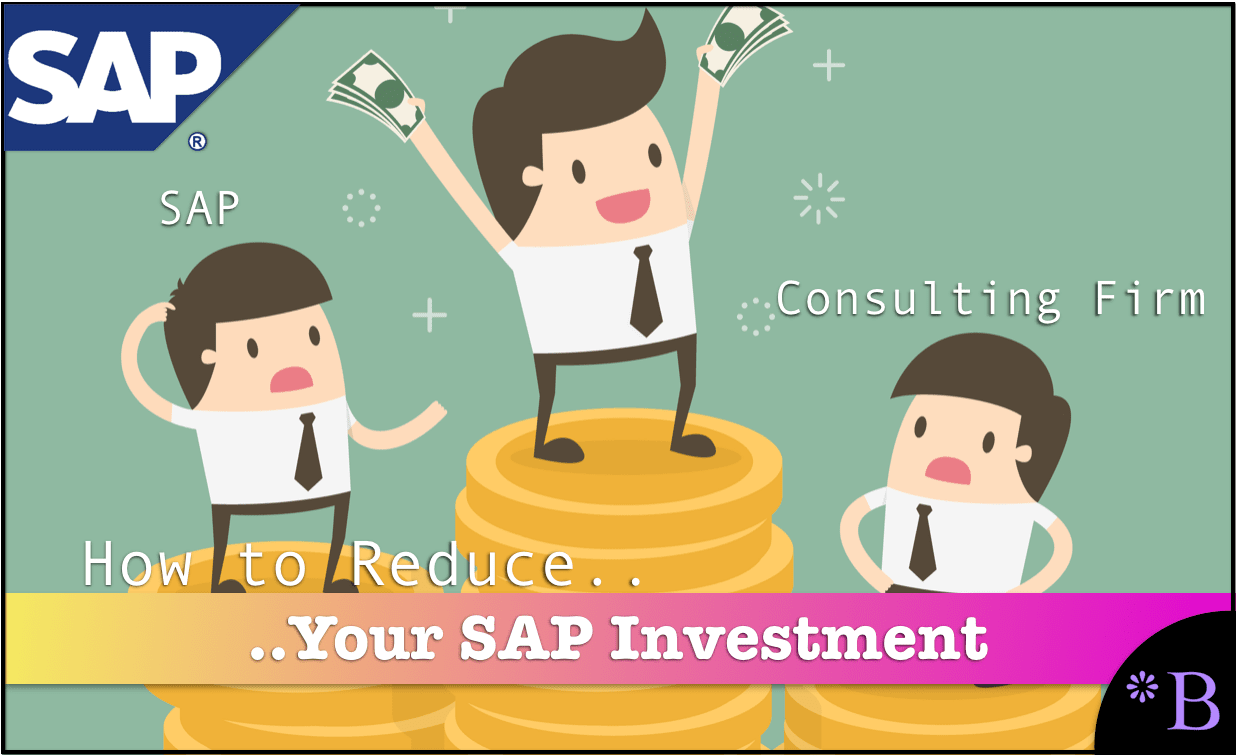 Introduction
Introduction
We recently received the following question.
Curious to review any research or opinion pieces Brightwork has available on SAP Certified development partners and how one could improve an existing ERP platform instead of getting rid of them.
How to Do It
One is to stop buying, decommission, and discontinue support on non-ERP applications purchased from SAP. The logic for erasing the non-ERP applications is that every application introduced by SAP outside its ERP systems is one of the lowest-rated applications in their respective software categories.

The waste in ERP systems, particularly from large vendors, is covered in the book Software Wasteland, a quotation we have in the article The Enormous Waste of ERP Systems.
If companies can shrink their SAP footprint to just the SAP ERP system, then they release funding. For instance, it also allows the support to be canceled for everything but the ERP system, saving a lot of money every year. A significant reason companies cannot get better applications is that their budgets are being consumed by support dollars going to underperforming SAP applications. This is along with always being asked to buy more low-quality and ill-fitting applications.
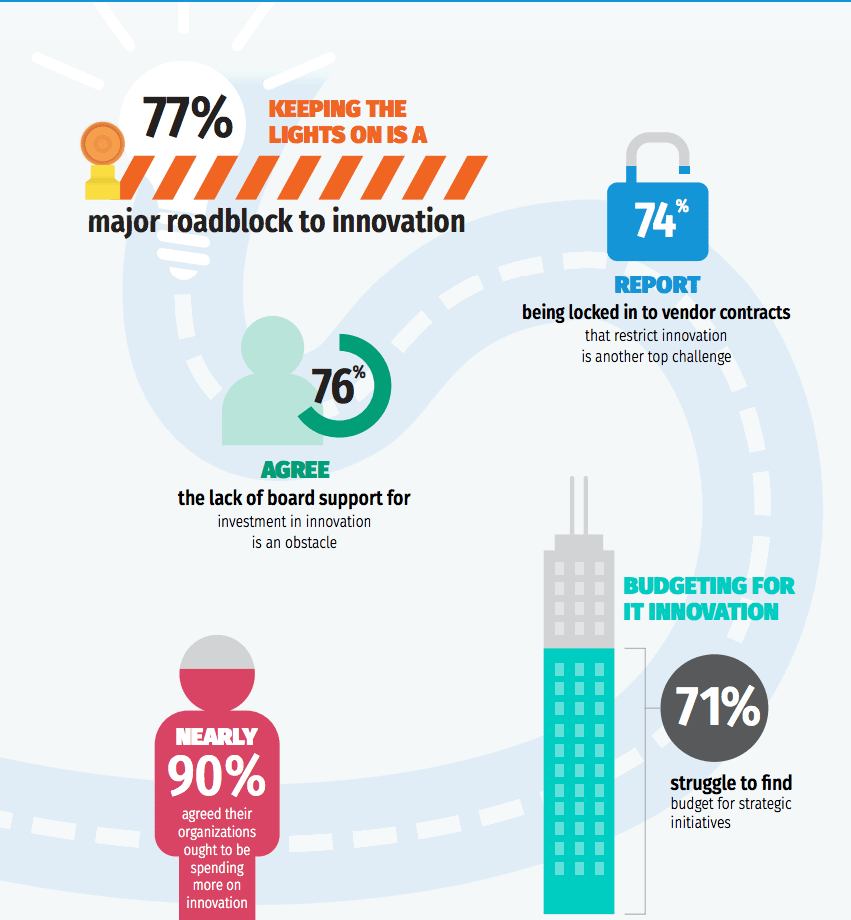
This infographic from Rimini Street (a third-party support provider for SAP and Oracle, and other vendors) illustrates the problem with considerable vendor lock-in. This is the end state of customer capture on the part of large vendors. They intend to capture the decision-making apparatus (usually the IT department) to look at their benefit versus the software’s benefits. We cover this topic in the article To Whom Does Your IT Department Owe Its Allegiance?
The faster and more SAP applications that can be decommissioned, the faster a company can move to better quality applications. Simply outsourcing SAP support to third-party support providers will, by itself, allow a company that has SAP ERP to pay for all of the items listed in this article. It will also save money on future SAP implementations, which are exorbitant, although this is only one choice. In many cases, the best option is to pull support internally. Buying support from SAP is so expensive that there are several better options, both of them far higher quality than staying with SAP support. As we cover in the article The Giant Margins for SAP and Oracle Support.
The approach of reducing the investment in SAP is based upon treating SAP as a legacy. Any realistic analysis of SAP, its costs, performance, and SAP’s value, SAP’s inability to develop and improve applications is a natural conclusion.
Extracting Oneself from ABAP
Then the second technique is to get out of SAP’s ABAP maze. This uses a programming language that one of the poorest ones available and locks one into SAP. This background on ABAP is covered in this article, Why SAP Customers Followed SAP’s Advice on Coding in ABAP.
This article gets into issues with ABAP in the Cloud and explains why the more ABAP a customer has, the more difficulty they will have moving items to the Cloud How to Understand the Problem with ABAP.
Different programming languages are better at different things, and therefore, it makes sense to use a combination depending upon the application in question. When we had our application created, we received responses from development entities that recommended Java when it was not the best language for the application’s needs. Those who develop in a particular language recommend that language, so it is critical to get unbiased advice on the language or languages to use before beginning development.
Reducing the SAP ERP Footprint
The only desirable functionality within SAP ECC or S/4HANA is the financial module.
If one looks at the functionality of sales order management, demand planning, supply planning, production scheduling, pricing, inventory management, MRP, DRP, warehouse management, etc., those areas are all available in a far superior way. And with far less overhead than ECC. For example, if we take CRM, SAP does not have a viable CRM product, so this system will nearly always have to be obtained from another vendor and connected to SAP’s ERP. The Sales and Distribution module in SAP ERP predates CRM systems; however, CRM systems have increasingly taken over part of what SAP ERP did since that time. CRM Switch, which promotes using sales orders in CRM (versus ERP), explains it this way.
CRM
There are several benefits to implementing orders in CRM. Several of these will be more apparent after we go through an example order below.
Create a Better Experience for New Customers: An internal sales order can be the centerpiece of customer engagement from the time of sale to the completion of delivery or implementation.
A More Efficient Transition from Sales to Finance: As an intermediate step between opportunities (or quotes) and invoices, orders make for a more streamlined and complete handoff from sales & operations to finance.
A More Precise ROI on Marketing Activities: The value in the lead source field can be set to flow through from an opportunity to order. If the order record is set to calculate margins, marketing ROI can be calculated on gross profit rather than revenue. If add-on orders from a customer inherit the same lead source as the original order, the long term revenue from a customer can be attributed to a specific source.
Sales order functionality in SAP ERP ignores sales order origination or any of the context of the origin of the sales order. SAP ERP is just about processing sales orders and allowing an availability check to be performed against the sales order.
G2Crowd lists 300 CRM systems!
However, many are designed to be used along with sales order functionality in an ERP system. Therefore, if the sales management functionality is dropped in SAP ERP, one needs a CRM system with a higher degree of functionality. However, the CRM market is quite competitive, and applications can be acquired at a low cost, and there is no reason to pay the high price of a Salesforce.

OroCRM is a very nice CRM system, and it is open source and can be spun up immediately on AWS.
But a CRM system alone does not replace SAP sales order management functionality. The second part of replacing SAP sales order management is sales order management software.
Sales Order Management, Inventory Management, and Availability Checking, Invoicing, Payment Processing, and Purchasing
This topic began at sales order management, but we found an all-in-one application that also does several other items that can replace other commonly used SAP ERP functionality.
Stitchlabs offers a beautiful and enjoyable application that can replace the sales order management functionality, the inventory management and availability checking feature, invoicing, payment processing, and purchasing in SAP ECC or S/4HANA.
This is a more detailed demo. Everything in Stitch is integrated into both one’s website and any sales channel, for instance, on Amazon. These orders are updated continuously to Stitch, and the inventory in Stitch is reduced. Orders can also be created within Stitch.
As Stitch is the inventory system, all that is necessary is to integrate SAP ERP financials and then mothball the rest of SAP ERP. Stitch already has an adapter to QuickBooks and Xero (another online accounting application), but an adapter would need to be created for SAP ERP finance and accounting. However, after this, all of the other systems can be integrated into Stitch, which is far easier to integrate to versus integrating to SAP.
Furthermore, Stitch as online adapters to applications in the following categories.
- Accounting
- Ecommerce platforms
- Marketplaces
- Point of Sale
- Shipping and Fulfillment
- 3PLs
- Warehouse Management Systems
Using any of these adapters means that the integrations are ready to use right online.
Demand Planning & Supply Planning
SAP ERP has unusable forecasting functionality, and nearly all companies forecast external to SAP ERP. SAP’s APO or advanced planning application offers some of the worst modules in the supply chain planning space, with TCO that is off the charts (and this does not stop them from being the most recommended by the big bad IT consulting firms)
Demand Works Smoothie (Brightwork profile here) and Forecast Pro (Brightwork profile here) are quite reasonably priced and highly proven forecasting applications that are easy to purchase and use. Both of these applications are such a good value that they are nearly always worthwhile purchases (at least a few limited licenses) to get a practical statistical forecasting application for prototyping. That is, even if the company ends up eventually buying a different forecasting application down the road, both Demand Works Smoothie and Forecast Pro licenses tend to get used — one way or another. Along with the application comes extremely knowledgeable support from both vendors.
Smoothie offers the ability to perform supply planning in the same application (Brightwork profile for Smoothie supply planning and capacity planning). Smoothie allows planned orders and forecasts to be sent to a solution like StitchLabs.
Forecast Error Management and MRP/Supply Planning Parameters
As good as Demand Works Smoothie and ForecastPro are, there is a necessity to perform comparative (one forecast versus another forecast) automated forecast error measurement in aggregate and optimize the MRP/supply planning parameters.
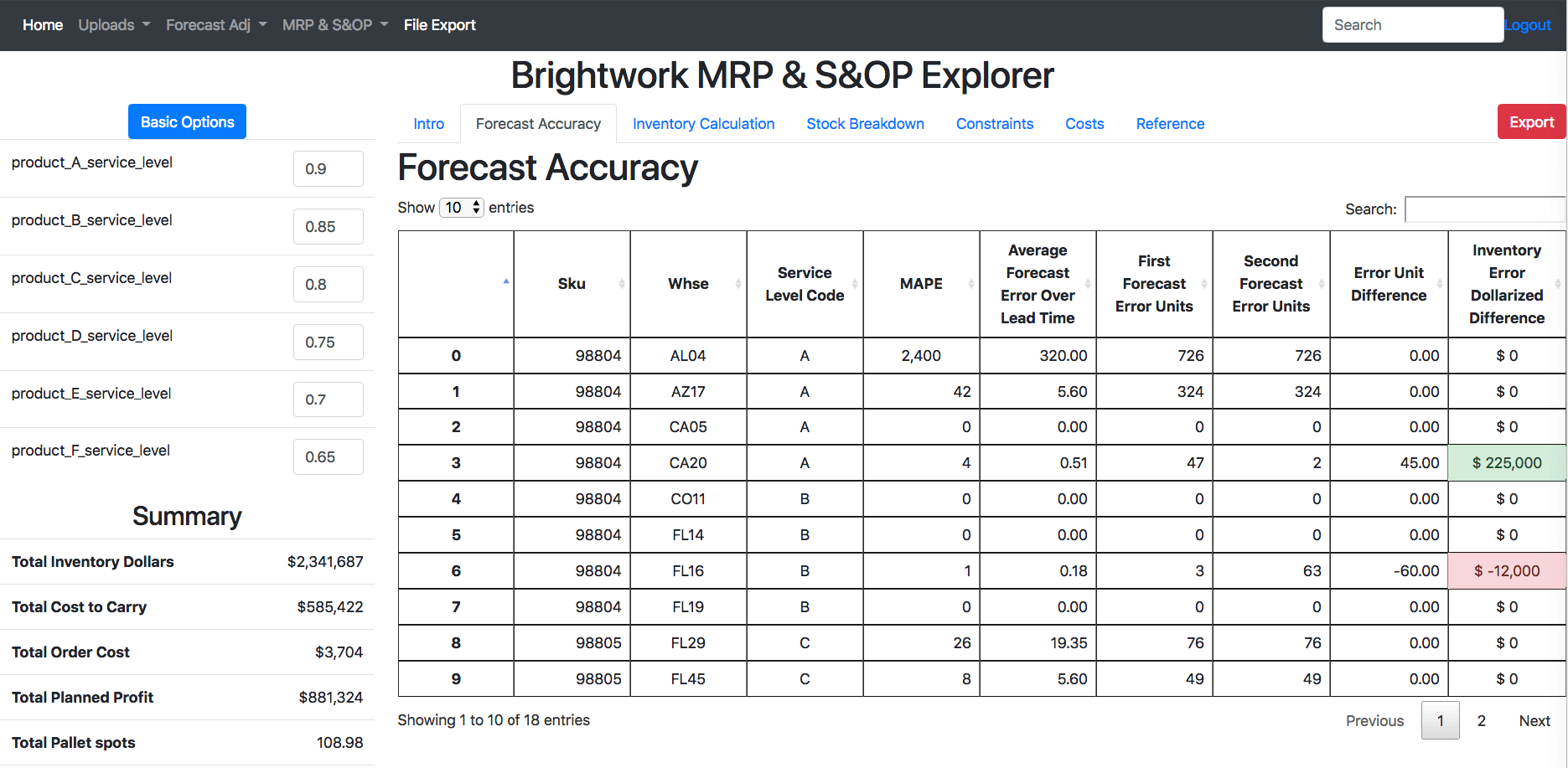
Brightwork Research & Analysis has a free application (but requires a support contract) that does both of these things. See the Brightwork Explorer for more details.
The Brightwork Explorer has both a simplified error measurement approach and a simplified S&OP to ensure that the supply planning system’s parameters fit within constraints and the financial plan. ForecastPro and Smoothie have S&OP functionality better for a more detailed view and with a different intent.
Production Planning and Scheduling
Only manufacturing companies need production planning and scheduling. Sometimes, a packaged solution is a good fit, but other times, a customer solution is best because production scheduling is one of the most industry-specific applications. For companies that fit into their functionality, PlanetTogether is an excellent choice. Simio offers the ability to create a sophisticated model of a wide variety of production processes. The production planning and scheduling system would need to be integrated into the supply planning system. The supply planning system would then connect back to the inventory system.
Drop SAP’s Data Warehouse and Analytics
SAP has a vast number of data warehouses installed base between SAP BW and BusinessObjects. However, the SAP BW is an extremely dated application with very low productivity that was not good when initially developed but is now entirely uncompetitive. BusinessObjects has been a little improved since its acquisition in 2007, and it now at the end of life. Since these applications were developed, cloud data warehousing – which is far more efficient and less expensive has become available.
As we cover in the article How SAP’s Cloud Extension Program is Bad for Customers, SAP has been trying to move customers to SAP Analytics Cloud. However, there is little reason to use it. Cloud analytics/visualization software like AWS QuickSight is far superior and available for around $18 per user.
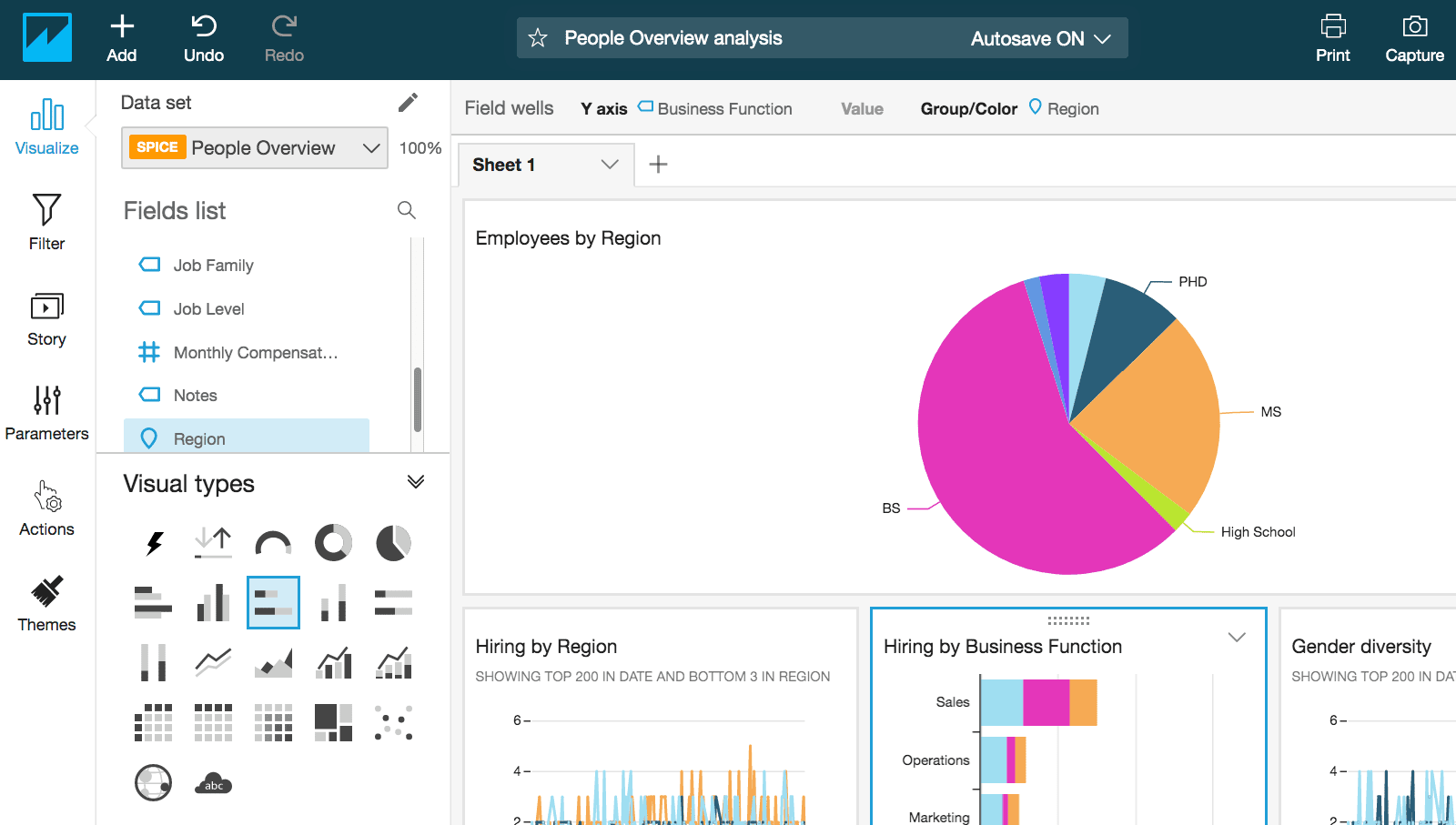
QuickSight is excellent and is priced on a month-to-month basis. And there is also a free trial, and one does not begin paying much of anything until one uploads significant volume. SAP Analytics Cloud, on the other hand, has multi-year terms.
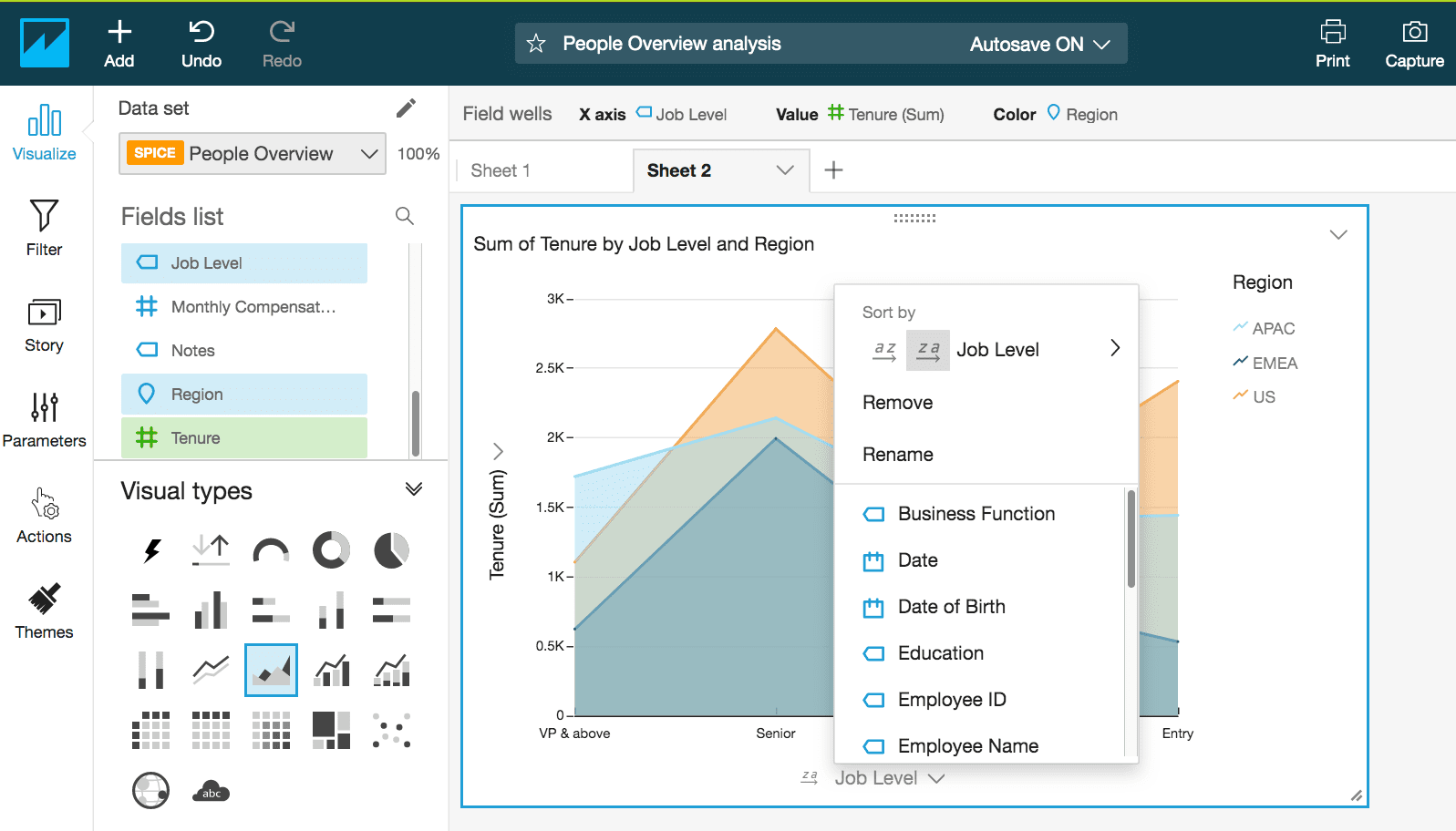
The more we use QuickSight, the more we like it. QuickSight allows one to switch out a characteristic for another characteristic without recreating the entire graph.
We did not have to deal with any sales rep to spin up a QuickSight instance. We just went out to AWS and brought it up.
If these types of visualization tools are available quickly and are so good — what is the motivation to purchase through a sales rep and deal with any of that overhead? It seems that so many IT decision-makers that work in SAP accounts do not know what is available to them easily at web service providers. Any data that is in the BusinessObjects Universe can be easily uploaded to Quicksight.
And this comes with all of AWS’s backend, such as Redshift, Glue, Anthem, and RDS, among many other data services. SAP customers should seek to migrate to cloud data warehousing and analytics and cancel their support contract for BW and Business Objects. SAP’s offering is inferior in multiple dimensions and also quite expensive, both indirect costs, but even more so in indirect costs.
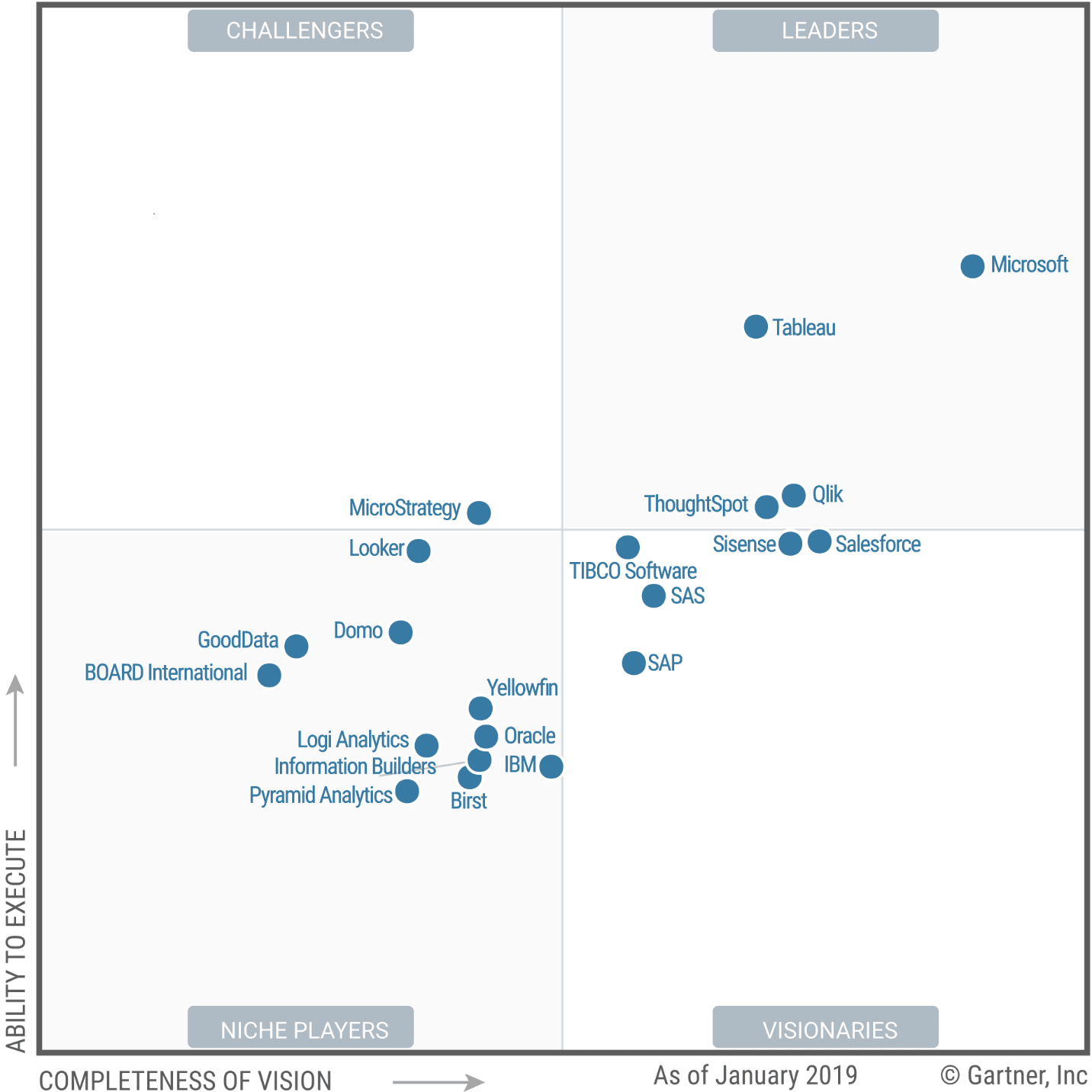
Notice that QuickSight is not listed in Gartner’s analytics MQ. Neither is any open source analytics. But Microsoft, which pays Gartner a lot of money, is at the top of the Magic Quadrant, even though it is hard to see how PowerBI so good that it should be there.
Gartner is not looking out for the interests of its clients. They are looking out for their own interests, which is about profit maximization, and is covered in the article How to UnderstandGartner’s Business Model.
Making the right decisions means ignoring advice from pay-to-play analyst firms like Gartner.
Deeper Analysis
Something to point out, while we like QuickSight, we often want to punch out of a “straight” analytics application to do statistical analysis. The analytics applications are the second step after the analytics has been performed and needs to be presented.
Here, we go back to Excel — no big surprise, and also a tool like Exploratory.io.
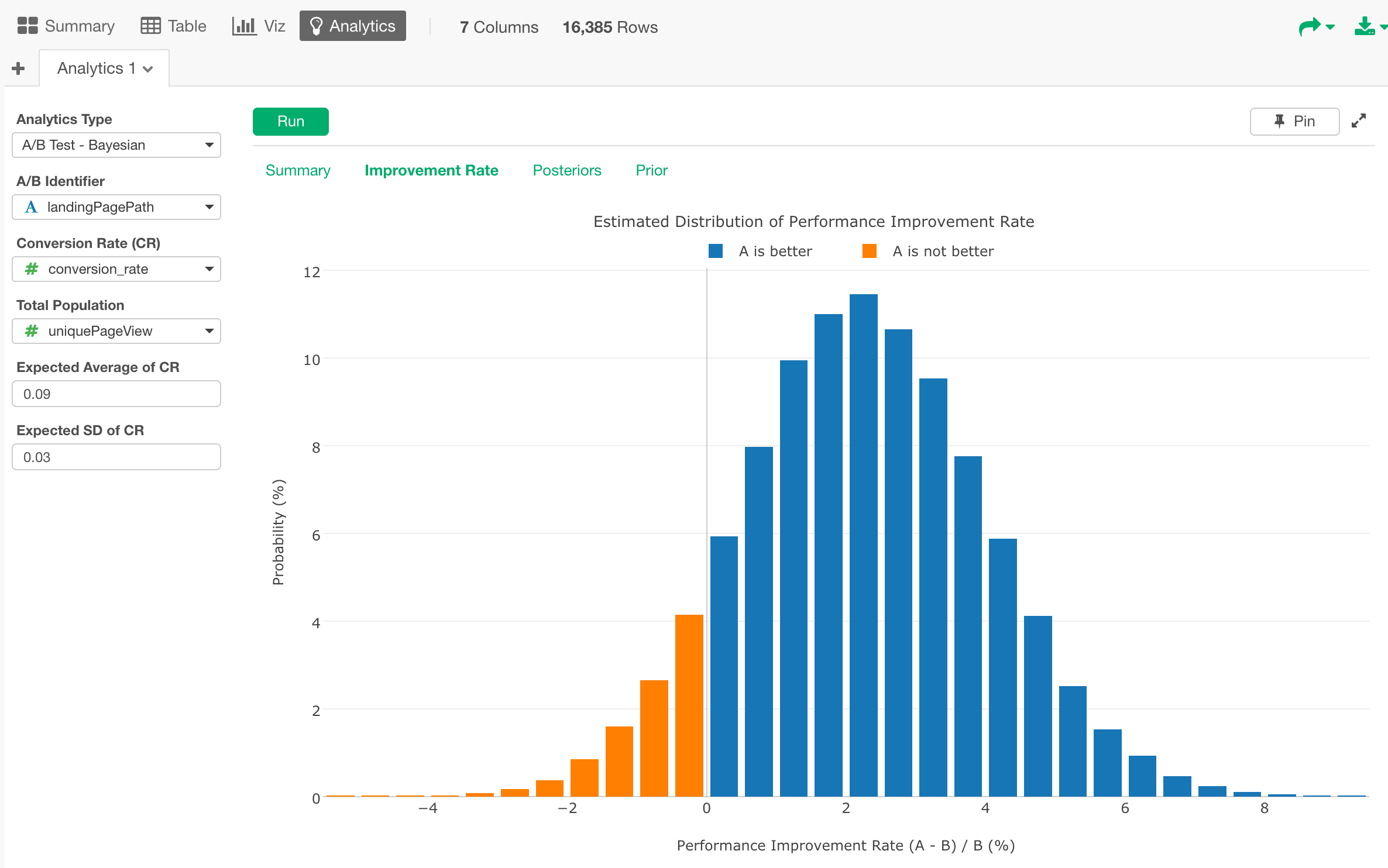
As soon as one wants to check for relationships and explore the data, pure analytics applications are limiting. Exploratory.io is far superior for the analysis that occurs before creating the presentation graphics. Exploratory.io has a long-term free, and you don’t have to start paying until you begin doing more complex things with the application.
Do Not Purchase any SAP Cloud HEC or Other Cloud from SAP.
SAP’s HEC (HANA Enterprise Cloud) does not have much to do with SAP. Instead, it is merely a conglomerate of non-multitenant cloud providers (Virtustream, Deloitte, Infosys, etc..) that SAP marks up. SAP hides the fact that they do not provide hosting with HEC.
SAP is aggressively trying to cover up because SAP has very little cloud business aside from their cloud acquisitions.
We cover in the article How to Understand SAP’s Upcharge as a Service Cloud. There is no reason to use any cloud service from SAP, and any cloud service purchased from SAP will be provided by another entity, while SAP walks away with their upcharge right off the top. This public cloud upcharge occurs through the SAP Cloud (not the same as the HEC). SAP Cloud is more of a showroom than something that gets used on projects. If a public cloud is used through SAP, as we cover in the article How to Understand SAP’s Cloud Upcharge on AWS Storage, that will also lead to paying SAP a multiple over something that is not even provided by SAP. SAP claims the right to markup a service they do not offer at least 4x and, in most cases, more.
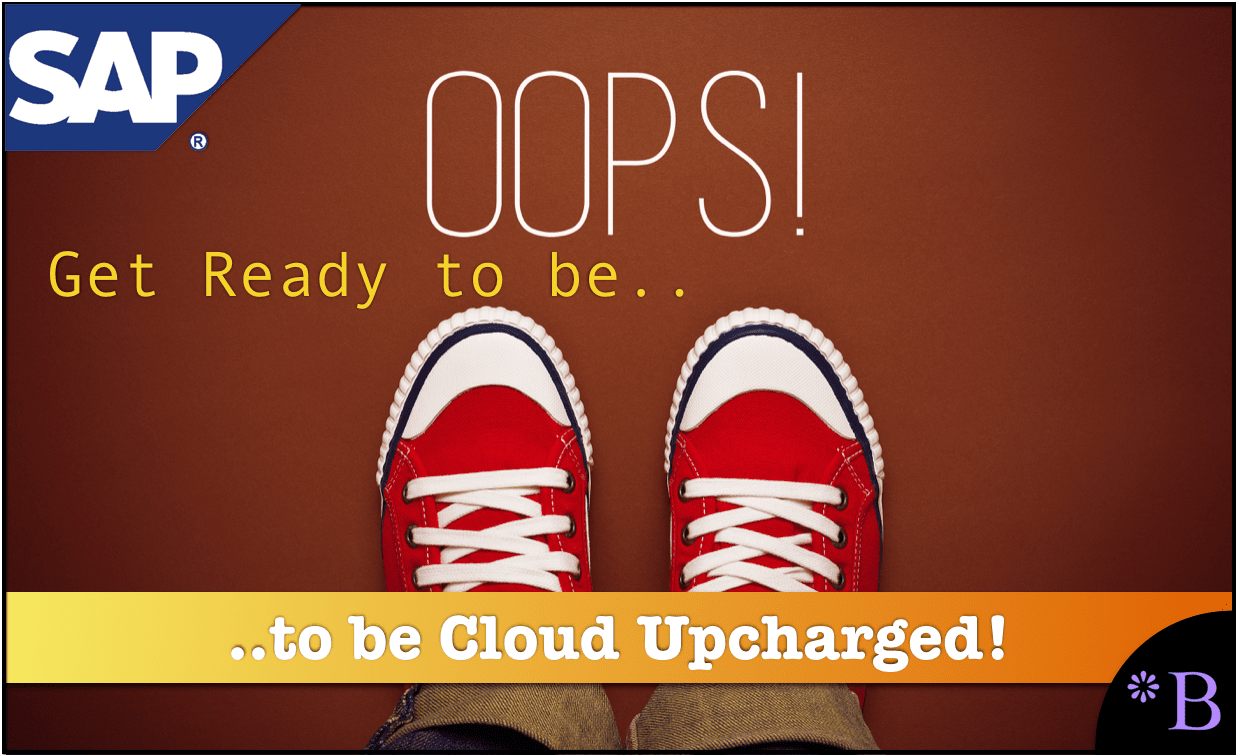
If you touch any part of SAP’s Cloud, you will be upcharged. This is where the margins promised by Bill McDermott to Wall Street are planned to come from. How does SAP have the right to this upcharge?
Databases
Where possible, companies should move off of SAP applications and SAP databases and Oracle databases (the most common database for SAP). SAP only certifies its applications on commercial databases, which is another disadvantage, and is now pushing companies to buy the exorbitantly priced SAP database called HANA.
Open-source databases have become so good, and Oracle has become so boated. HANA has turned out to be nothing like advertised, that large open-source databases like MariaDB and PostgreSQL beacon users can be spun up extremely easily on AWS/GCP/etc. Oracle’s advice in terms of using its database is becoming increasingly dodgy and contradictory to VMware. That is where one has to read between the lines to determine what is legal under the Oracle license (as we cover in the article What VMware Has to Say About Virtualizing the Oracle DB).
Oracle is promoting companies to push things into the database layer that should reside at the virtual machine. And managing Oracle or HANA licenses and support is a nightmare. Those issues go away with open-source databases.
Using SAP Partners
Now on the question of certified SAP development partners. It is not recommended to use a certified SAP development partner because it means they will have to follow SAP’s recommended approach, which is not suitable for the company and is just all about SAP. A big part of what SAP partners do is lie to their customers about SAP. The control over partners by SAP is covered in the article How to Best Understand the Pitfalls of Vendor Partnership with SAP.
SAP, of course, likes to pretend that custom code is only due to not following best practices, but this is false.
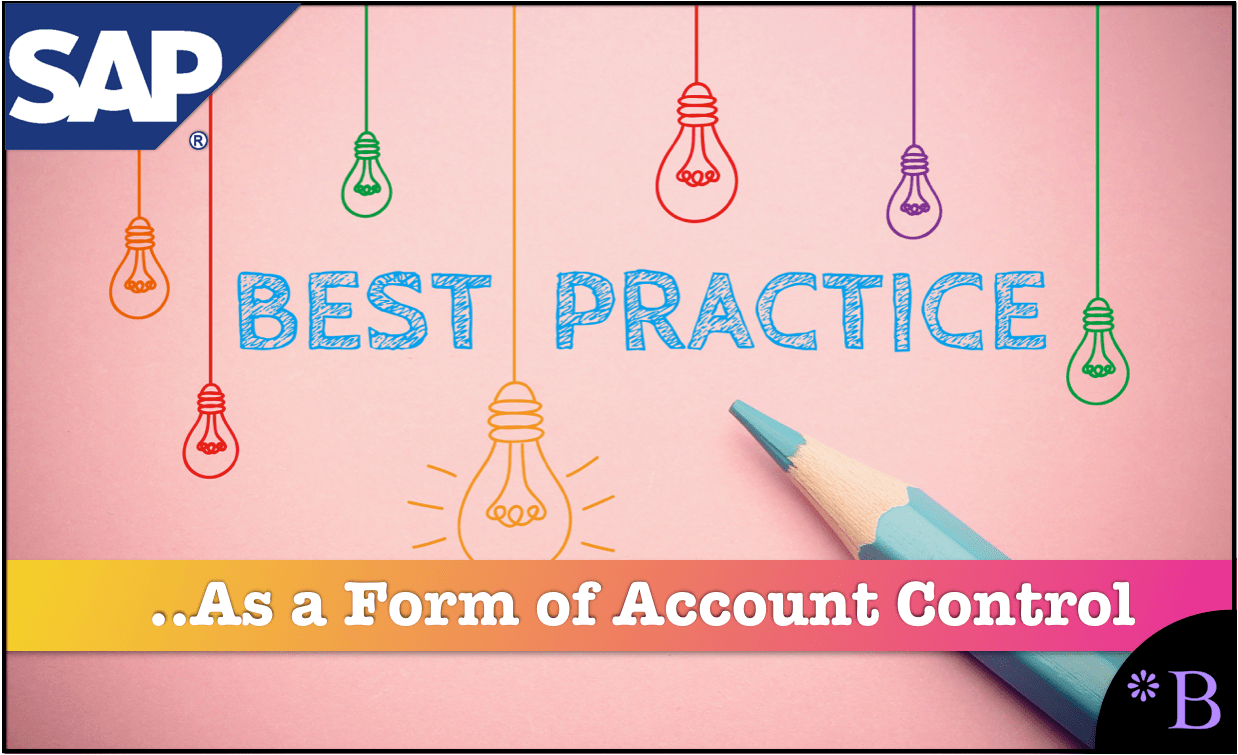
The entirety of SAP’s proposals around best practices are not based on anything real and are pure marketing conjecture. This is covered in the article How SAP Uses Best Practices to Control the Implementation.
The Winning Approach
The approach recommended by Brightwork is to move towards the following:
- More open source
- More cloud services like AWS/GCP
- More custom code, more best of breed (wherever it fits, which is covered in this article, When Should You Purchase Packaged Software Versus Custom Development?)
- Less SAP.
Being Harvested by SAP
SAP decreasingly cares if anything that it sells to its customers adds any value to its customers. Everything is based on meeting short-term financial objectives, and customers are viewed as passive entities to be lied to and harvest.
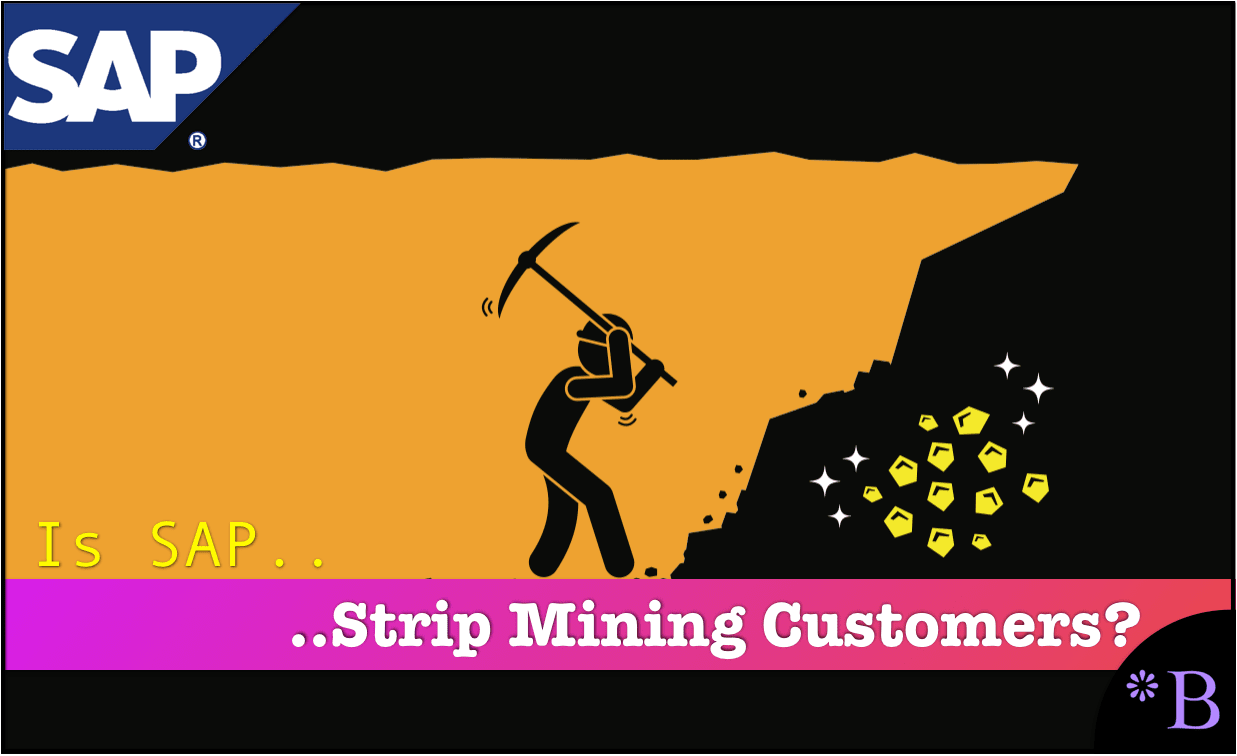
We covered this issue in the article How SAP is Now Strip Mining its Customers.
This article is essential because it demonstrates how poor the value is of SAP. And as time passes, SAP sales increasingly offer terms and conditions that reduce the percentage of the money flowing from SAP companies to SAP that is beneficial to SAP customers.

We cover in the article How SAP’s Cloud Extensions Are Used to Fake Cloud Revenues.
SAP is one of the worst offenders, but many of the large software vendors behave essentially similarly. The large vendors and the large consulting firms that work with them have little interest in providing value to their customers and clients. The intent is to maximize the extraction out of the account, and SAP, Oracle, IBM, and Microsoft are experts and doing precisely this.
SAP Consulting Firms
To accomplish this, it is necessary to ignore advice from SAP consulting firms.
SAP consulting firms coordinate with SAP to lie to their clients about SAP and invest more into SAP to enrich the consulting firm. Any SAP consulting firm will read an article like this and say that it is entirely infeasible, and the only reasonable decision is to keep investing money back in SAP. Therefore, one cannot follow this program and expect buy-in from the consulting firms. Secondly, if the consulting firm gets news of this, one of the first things they will do is undermine the individual attempting this transformation. This means that the SAP consulting firm will communicate the strategy back to SAP (as they are onsite usually more often) and strategize about stopping it. But they will oppose the transformation because they realize what it will mean for their future billings.
Conclusion
None of the things listed in this article can happen if SAP or SAP’s approved partners are involved in decision making. Everything this article discusses means reducing account control. However, SAP and all of their partners are about maintaining or increasing their account control. This gets to the topic of what was promised in terms of the ERP systems versus what happened. We cover this topic in the article How ERP is Similar to an Out of Control Octopus.
Throughout this article, we recommended smaller vendors or open-source. Generally, this is the best value in the enterprise software market.
However, some companies are more comfortable with more significant vendors. Many companies see large size as an indicator of quality when, in fact, it is usually the opposite that is true. The smaller the vendor, the more customer-focused that vendor is, and the less focused on Wall Steet. For example, compare getting a response on a support ticket from SAP or Oracle versus a smaller vendor. With smaller vendors, I usually get through immediately to an experienced domestic resource. The experience is entirely different from large vendors.
If one were to switch out some of the options provided above for more significant vendors, they would undoubtedly be better off (if the applications were well selected) than staying with SAP. But it should be remembered that the larger the vendor, the more difficult that vendor is to deal with, and the more lock-in they tend to apply in their terms and conditions and the more shenanigans involved in how their sales force operates.
References
*https://www.stitchlabs.com/no-erp/
https://www.riministreet.com/Documents/Collateral/Rimini-Street-Infographic-Conflict-Between-Innovation-and-IT-Overhead.pdf
https://www.skulabs.com/features/orders
https://www.galleysolutions.com/
https://go.tradegecko.com/
http://www.vekia.co.uk/
*https://crmswitch.com/crm-value/crm-sales-orders/